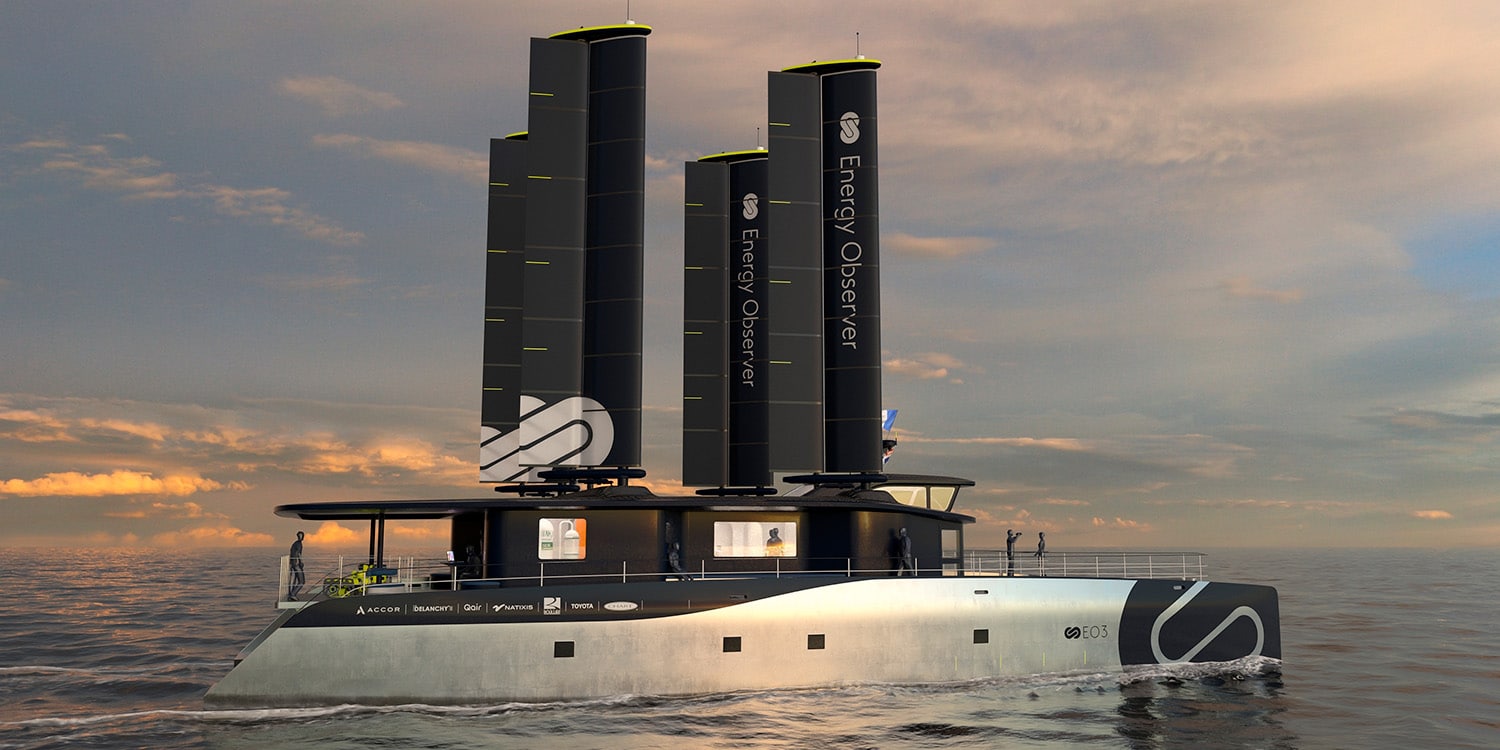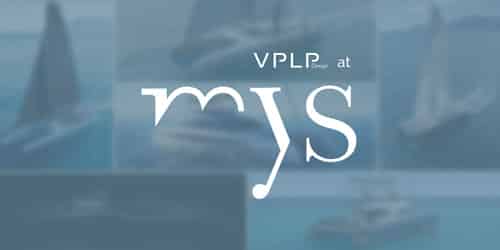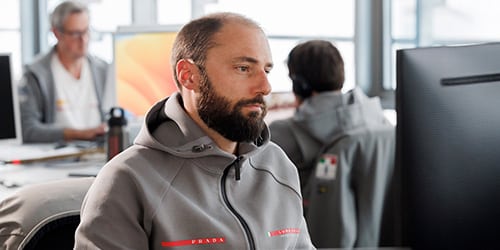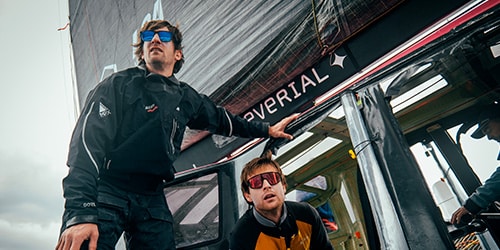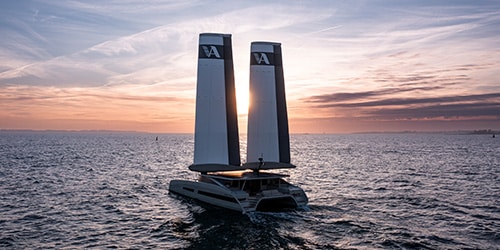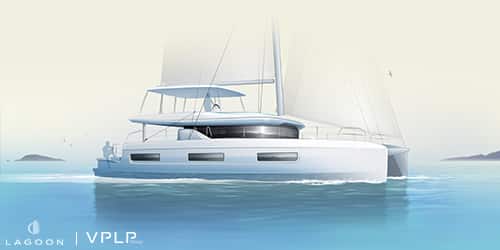EO3, Energy Observer’s new research vessel was unveiled on 6 June 2025 during the United Nations Ocean Conference (UNOC) in Nice.The ship’s objective is to explore new solutions for decarbonizing shipping and energy production. VPLP has almost completed EO3’s design phase and the ship is scheduled to go into the water in the spring of 2027. VPLP managing partner Simon Watin and naval architect in charge of the project Annabelle Clémenti tell us more.
Once again Victorien Erussard has called on VPLP Design’s expertise to design a new research vessel for the 2025–2033 expedition A Journey to Carbon Neutrality. A replacement for EO1, this new ship represents a certain continuity because the ties between VPLP and Energy Observer go back to 2015. “It all started when Marc Van Peteghem met Victorien,” recalls Simon Watin. “VPLP gave him a hand in designing the superstructure of EO1, which was also one of the first vessels to feature our Oceanwings solution.”
It was a win-win solution according to Simon because the wingsails developed by VPLP Design and installed on the catamaran (formerly Enza owned by Peter Blake and erstwhile holder of the Jules Verne Trophy) could be thoroughly tested during the 68,000 nautical miles of the seven-year Odyssey expedition (2017–2024). Throughout her long voyage from Europe to Japan, the United States of America to Spitsbergen, EO1 continued to promote solutions for energy independence and meet the people driving the projects.
This same goal has shaped the design of Energy Observer’s next research vessel. “EO3 will be an experimental boat, an expedition catamaran and a venue for meetings,” says Simon Watin. “She will also be built to merchant marine standards.”
Thirty metres long and 12 metres in the beam, the catamaran will displace 125 tonnes and be powered by four Oceanwings wingsails that will not encroach on the living spaces. Designed to carry 18 people on deep-sea voyages in relative comfort, this new vessel represents a radical change of scale compared to her predecessor. “EO1 was limited by her size and accesses,” says Simon Watin, “which meant the technologies had to be adjusted accordingly. This time, EO3 is completely different space-wise. This will allow us to integrate the energy technologies identified in the team’s programme. She will also be able to accommodate other prototypes of decarbonized power-production systems so they can be tested and proven on the high seas.”

An Ambitious Energy Mix

Shipyards are currently being consulted with the aim of building the ship in France. “The hulls will be aluminium and we would like the superstructures to be FRP,” says Annabelle Clémenti, project leader at VPLP Design. “This makes regulatory compliance more complex but the gains in mass would be significant and allow greater freedom in the design.” For the latter, VPLP is collaborating with automotive designer Félix Godard.
EO3 is aiming for total energy independence through 140 m² of solar panels on deck and, as an auxiliary power source, energy produced from ammonia. “There will be an ammonia cracker aboard to produce hydrogen for fuel cells,” says Annabelle, “which is a promising avenue to explore.” The current state of the art in battery technology centres on three sources of energy: difficult-to-store hydrogen, CO2-emitting methanol, and ammonia. “Each has its advantages and drawbacks,” says Simon Watin. “Ammonia is an attractive solution because it’s carbon free, although it’s nitrogen oxide (NOx) emissions must be managed to prevent exposure to the crew.”
Focused on experimentation, EO3 also aims to be a test bed for clean energy solutions, with the ambition to paving the way for industrial and regulatory projects. “Energy Observer was created by sailors from the offshore racing fraternity,” explains Simon Watin. “Today, Victorien and his team run a professional operation which has the ear of maritime authorities, certification agencies, and manufacturers. They are very credible and we are delighted to accompany them in their endeavours.”
